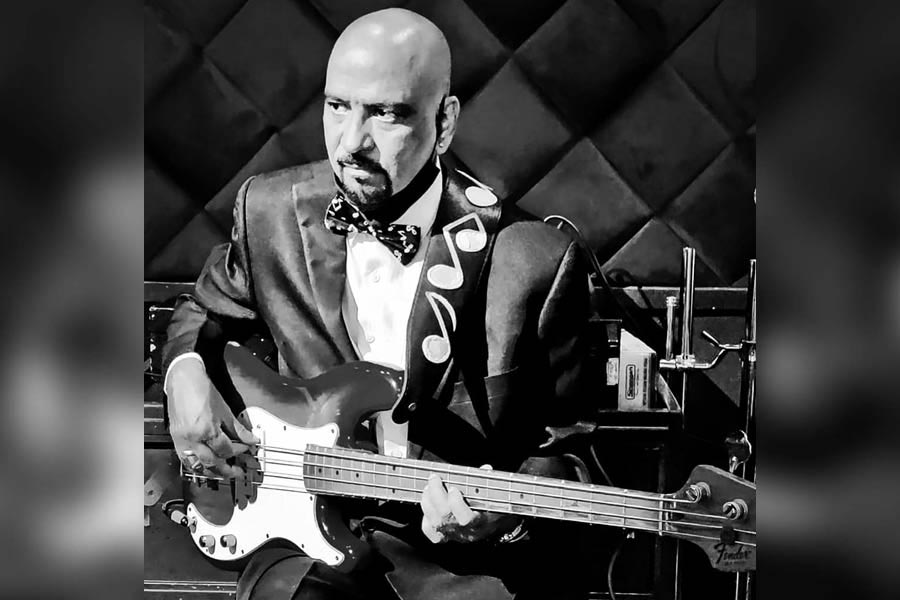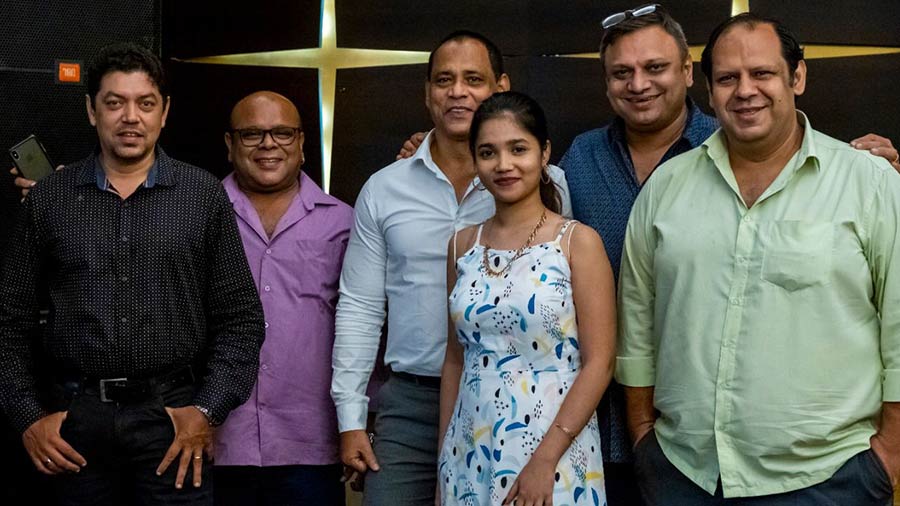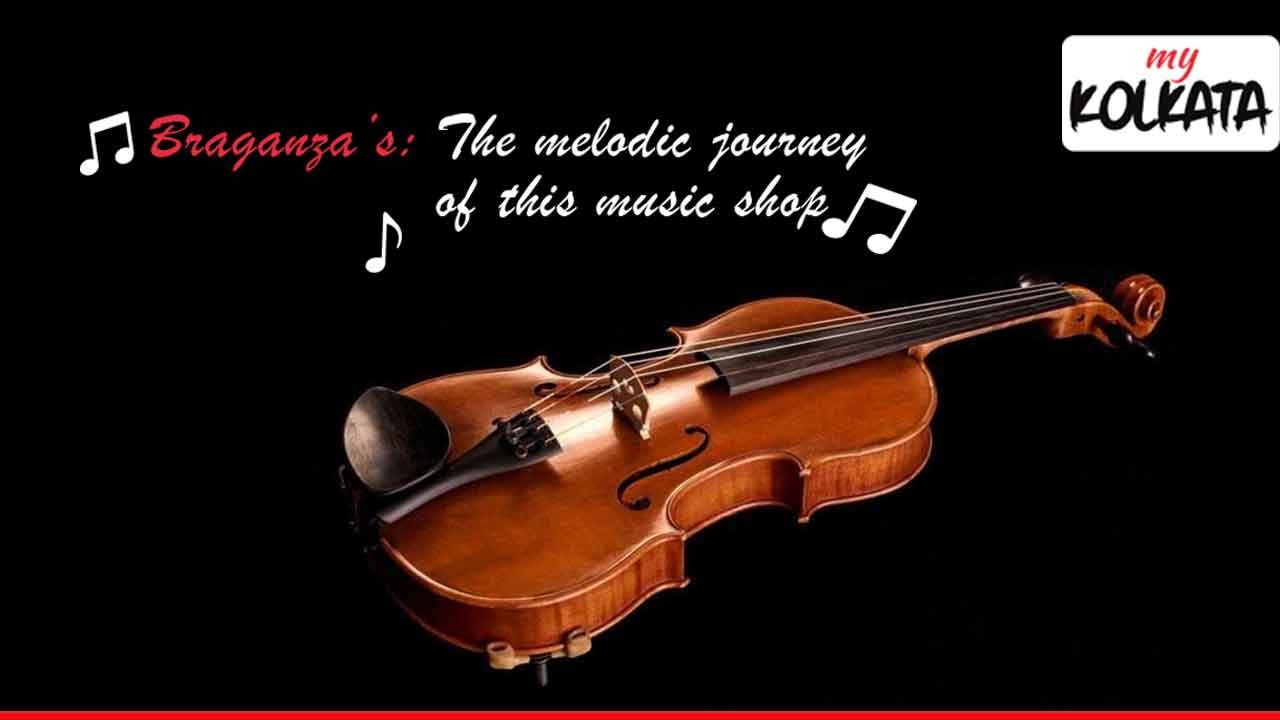[Names mentioned in the text are mentioned with admiration and love for the music they gave and still give us!]
Every November the music of Christmas wafted from our old radiogram at home. Bing Crosby sang, “It’s beginning to look a lot like Christmas” and random choirs belted out, “Silver Bells… soon it will be Christmas Day!” That anticipation translated into other frantic activities for the myriad “dance bands” that sprang up around the season which lasted through December and early January. ’Tis the season to be jolly involving Christmas, New Year’s Eve, and multiple Christian weddings which dot the 12 days of Christmas. New bands are in demand and demanding fees that will carry them through till the monsoons.
Other than the house bands at famous restaurants, there were the big bands led by well-known band leaders who lent their names to the music stands and the front-facing bass drum head. I remember my uncle who led the Micky Fernandes Big Band. Invariably, members of the band included relatives — his two sons played saxophone and drums in that band. There was the Tommy Menezes band, the Anto Menezes band, Tony Menezes, Iggy Fernandes and several more that I just can’t recall. Those bands were highly disciplined, played from music sheets and usually comprised many musicians — violins, saxophones, trombones, trumpets, piano, drums, guitar and the double bass. The bands were immaculately dressed in suits and bow ties, though the suits got a little garish once hippie flamboyance hit our shores. I remember the late Willie Walters in a red coat with sequins. Those bands cost serious money to restaurants and nightclubs and this gave rise to the ‘other’ Christmas bands.
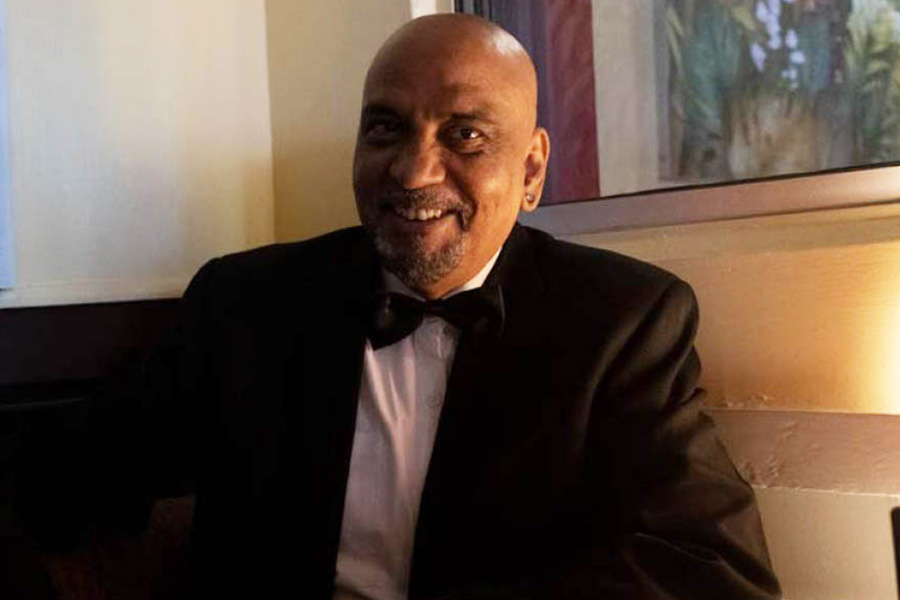
In the olden days, bands were immaculately dressed in suits and bow ties — the writer remembers the late Willie Walters in a red coat with sequins. TT Archives
The gig bands comprised a large number of Goans and Anglo-Indians who passed the baton on to their progeny. My growing up years were spent in awe of The Amigos, managed by trumpet player Tony Fernandes, who brought in his son Joachim on saxophone. They were matched by the wedding favourites, The Minstrels, run by Edgar Saldanha with Pat Caszo on bass, Gordon Anderson on Guitar. The legacy was passed down to the inimitable pianist Dominic Saldanha (Enrich, Switch), bassist Dominic Caszo (Blue Mist) and pianist Renfred Anderson (Jiverz) who are now popular musicians in their own right. Preston Gomez played for years at Trinca’s — his baton passed to his son Nigel who runs his band ENRICH now, after a long tenure at Trincas. Royston and Keith Rebeiro were most famous for their long stints at Mocambo. Royston’s sons Stafford (Generations Apart) and Steve (Enrich) played together in Crest, a band run by Tony Menezes’ son, Jeff who has several layers of fame, including a stint with Pop Secret, Gyan and Jayshree Singh and their son, Jivraj, now an international star. There are far too many names that are popping up in my memory now. We would need a separate book for this.

L-R: Dominic Caszo of the band Blue Mist; and Jivraj Singh of the internationally known Parekh & Singh My Kolkata; @parekhandsigh/Instagram
But there were a lot of “shows” available too. The hurriedly put together “scratch” bands approaching Christmas were the rest of us — guilty as charged. We grabbed anyone who could play three chords — long before Ed Sheeran made it his signature. A drummer, pressed into service, would hire his drum kit from Braganza’s at a monthly rent for those two season months. One Gibtone amplifier with three inputs was enough to get the band working and rehearsing. Often admission to a band would require one to have their own instruments and amplifier. Sophistication has brought in the “sound engineers” who take care of all equipment other than the personal instruments and a burgeoning number of pedalboards, gadgets and tablets that musicians now carry. Shows are now called “gigs” — probably in honour of the Gigabytes of digital data required to run them!
Would-be employers would ask the famous question, “How many piece band?” There seemed to be some tenuous connection between the number of pieces and how good the band might be. Or perhaps, the smaller the band, the lower the price? Band leaders would struggle to sign up for a New Year’s Eve show before another band did, just so they could bag the show. But there was band loyalty. It was rare to find a musician crossing the floor just because another band paid more. Today it’s down to bargaining. And band leaders are still struggling to hold on to their musicians, motivate them, keep them together between gigs, and even paying them salaries, I am told. One reason could be that musicians can play across genres today.
They diversify, which is a nice term for playing in multiple bands. If you’re a regular visitor to one of the popular nightclubs you will be treated, on subsequent nights, to a host of excellent musicians all playing in different permutations and combinations, for creatively named pop-up bands! All bands are different, but many musicians are the same. On the plus side, it demonstrates their virtuosity. Of course, finding rehearsal time is a logistical nightmare — some even work things out so they are at the “jampad” for two different band rehearsals back to back.
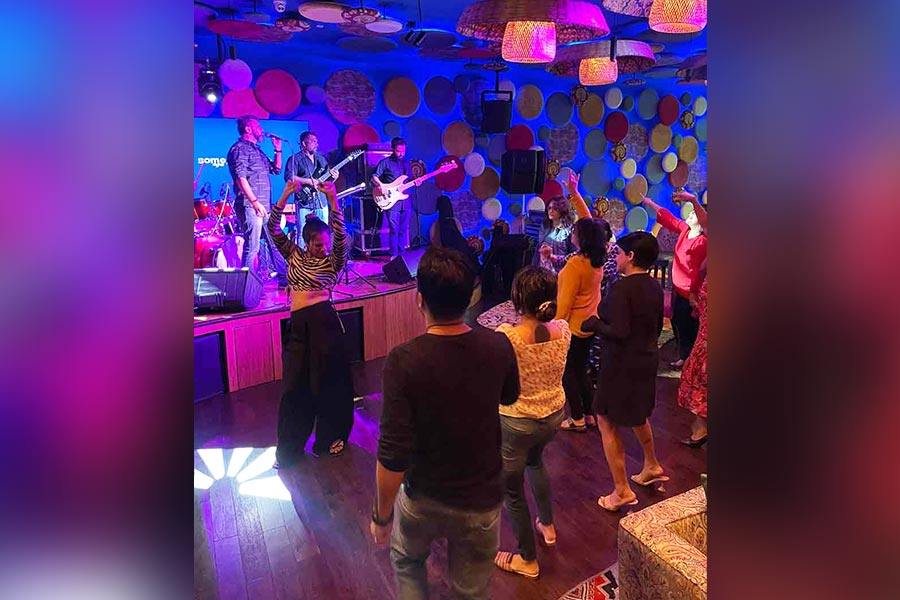
Kolkata venues still prefer live bands to DJs My Kolkata
Back in the day, the genre defined the band and its musicians. There were rock bands, dance bands, folk bands, jazz bands, seen-and-barely-heard background music, duos and trios. That was in the English Music section. The Hindi and Bengali Bands were also very clear about what they would play. Everyone dressed according to the occasion — suits and trimmed hair for weddings and big nights, loud tee shirts and jeans and long hair for rock concerts and ethnic wear for the Hindi-Bengali music. Bands today have “fluid fungibility” and can slip from Country and Western to Rock to Punjabi Bhangra, Bollywood or Tollywood with ease. Today’s bands can “mash-up” across languages and cultures including Portuguese and Spanish hits that find their way into the music! Something for everyone. Dress sense appropriate to the occasion has taken a beating for sure.
But some things never change. College bands. They still wear trophy tees procured from a concert they once attended, ripped jeans, sneakers or sandals, long hair and scraggly beards — and they still play Clapton, Floyd, Dead and the Beatles. Venues still prefer live bands to DJs, though it’s a tough fight with quality karaoke in another corner. Purse strings are loosening ever so slightly for the soul of the gig — the band. Seasoned musicians are still producing more musicians through online and contact classes; new musicians are working really hard on their skills and YouTube. Unlike many of the previous generation they are pursuing music as a full-time career. May their tribe increase!

